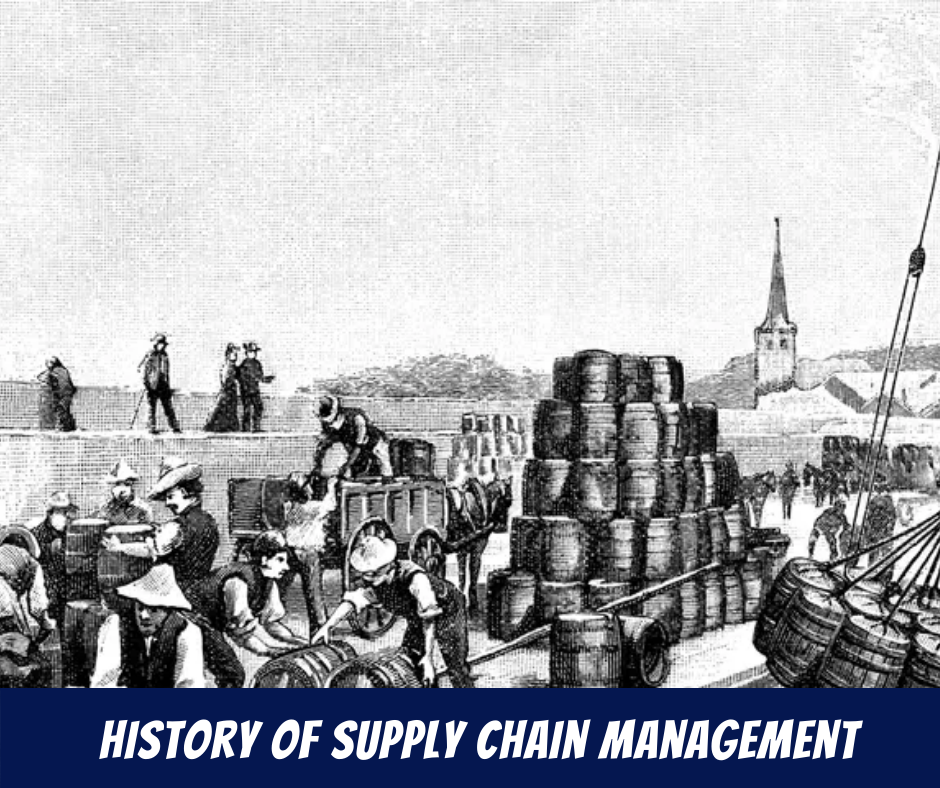History of Supply Chain Management
Ongoing supply problems easily show the significance of supply chains to everyday life. Then is a quick history of how they evolved.
Pre-1900s Original supply chains
Previous to the first artificial revolution, supply chains were generally original and defined to regions. As the use of roads increased so did the distance that goods could be distributed.
The 1900-1950s Supply chains continue to grow
Between the 1900s and 1950s, global supply chains started to take shape, organizations similar to UPS opened their doors. Assiduity leaders began to look at perfecting homemade processes, probing the use of mechanization, and demonstrating the benefits of analytics in military logistics following World War II. Leading up to the 1950s the conception of unit cargo’ came popular, latterly to be extended to transportation operation.
The 1960s-70s Physical distribution
By the 1960s, DHL joined the growing number of logistics providers, along with FedEx in the 1970s. In this time, time-dependent freight transportation transitioned to exchanges, which led to organizations coining the conception of‘ physical distribution’.
1963 IBM innovates around supply
The National Council of Physical Distribution Operation was formed. Also, IBM develops the first computerized inventory operation and soothsaying system.
1975
The first real-time storehouse operation system was installed.
1980s Inbound, outbound, and rear flows
With the development of particular computers, supply chains had better access to planning capabilities, including spreadsheets and chart-grounded interfaces. By the mid-1980s supply chains were being considered a precious, important, and complex function. Reflecting this transition, the National Council of Physical Distribution Operation changed its name to the Council of Logistics Management (CLM) to represent inbound, outbound, and rear overflow.
1982
Keith Oliver chased the term‘ supply chain operation’
The 1990s-00s The technological revolution and globalization
The 1990s to 2000s saw the supply chain assiduity further grow with the invention of results similar to ERP and advanced planning and scheduling, as well as the increase in global significances and exports; in 2006, US significances from China grew fromUS$ 45bn (1995) to overUS$ 280bn.
1996
The first cooperative robot (cobot) was constructed.
1997
Amazon goes public, getting the first internet retailer to secure one million guests.
2010-2020 Industry 4.0
While the likes of AI, data, and Internet of Effects (IoT) have been around numerous times previous to 2010, the last decade has seen an exponential increase in technology relinquishment, and invention and supply chains haven't been left out. Organizations around the world have been driving their digital metamorphosis strategies.
2020 COVID-19
The epidemic spread around the world, grinding supply chains to a halt emphasized how vital these functions are. The outbreak of COVID-19 has prodded investment in localization and further investment in digitalization to alleviate the impact of the affliction.








No comments